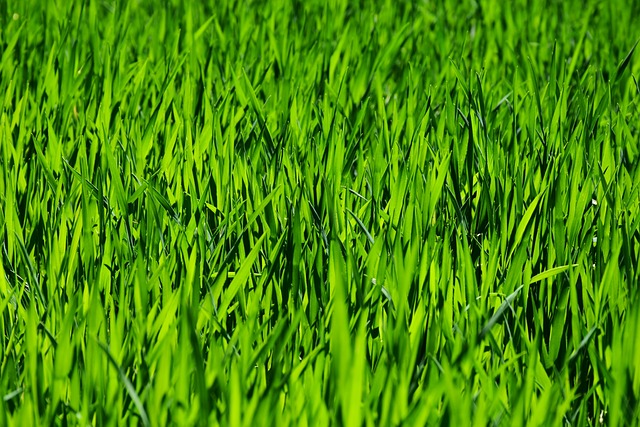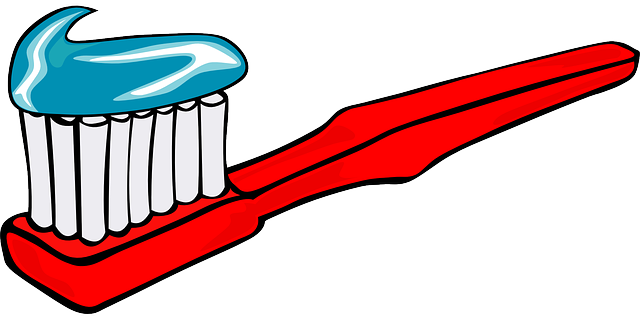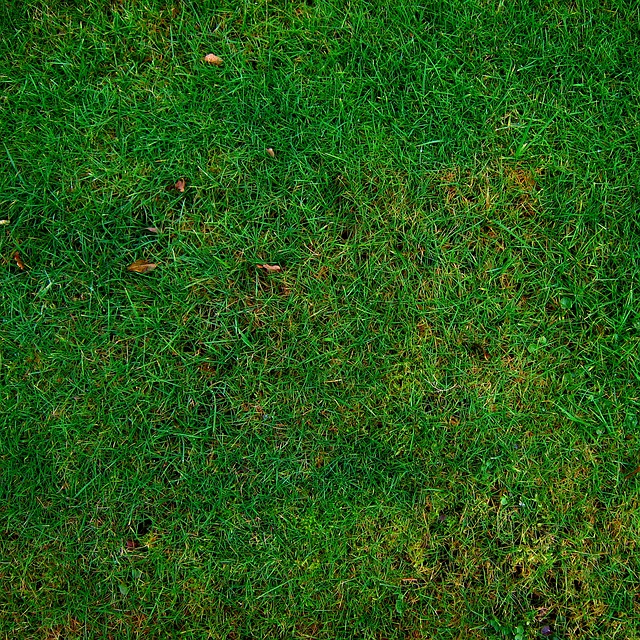Lawn Care and Landscaping experts emphasize customizing fertilizer choices based on local grass types for optimal nutrient uptake. A balanced fertilizer with nitrogen, phosphorus, and potassium is crucial for promoting healthy lawn growth. Strategic timing of fertilization applications—early spring for root development, mid-spring for leaf growth, and late fall to prepare for winter—is recommended, with soil testing guiding additional treatments as needed. An effective irrigation strategy should be integrated to enhance nutrient absorption, contributing to a healthy and visually pleasing lawn. A comprehensive Lawn Care and Landscaping regimen, which includes targeted fertilization, consistent mowing, and selective herbicide use when necessary, is key to suppressing weeds naturally and maintaining a lush green space. This approach not only improves the aesthetic appeal of your yard but also ensures its health and sustainability through the seasons. Regular monitoring, swift action against pests and diseases, and adherence to best practices in Lawn Care and Landscaping are essential for a resilient and well-maintained landscape.
Maintaining a lush, healthy lawn is a cornerstone of landscaping and lawn care. This article delves into the nuances of lawn fertilization and weed control, essential practices for cultivating a verdant expanse that withstands intrusive weeds. We will explore the basics of fertilization to optimize your grass’s growth, examine effective strategies for controlling weeds within your landscape design, and integrate these components into an overarching lawn care plan. By understanding the interplay between soil nutrition and weed prevention, you can achieve a uniformly green, thriving lawn that stands as a testament to your commitment to landscaping excellence.
- Understanding the Basics of Lawn Fertilization for Optimal Growth
- Strategies for Effective Weed Control in Your Landscape Design
- Integrating Fertilization and Weed Prevention into Your Comprehensive Lawn Care Plan
Understanding the Basics of Lawn Fertilization for Optimal Growth

A well-maintained lawn is a hallmark of immaculate landscaping, and understanding the basics of lawn fertilization is crucial for achieving optimal growth. Lawn Care and Landscaping professionals emphasize that the choice of fertilizer should be tailored to the type of grass prevalent in your region, as different species have distinct nutritional needs. Typically, a balanced fertilizer containing nitrogen, phosphorus, and potassium in ratios appropriate for your grass type will support healthy growth. Apply these nutrients at the right time, which generally includes early spring to foster root development, mid-spring to encourage leaf growth, late fall to prepare for winter dormancy, and at other times as needed based on soil test results. Regularly scheduled fertilization throughout the growing season ensures that your lawn receives the necessary nutrients to thrive, leading to a lush, vibrant landscape that is both aesthetically pleasing and environmentally sound. Additionally, proper irrigation practices should accompany fertilization to maximize the uptake of nutrients by the grass, further enhancing the effectiveness of your lawn care regimen.
Strategies for Effective Weed Control in Your Landscape Design

Engaging in effective lawn care and landscaping practices is pivotal for maintaining a pristine and well-manicured outdoor space. A robust weed control strategy should be integrated into your overall landscape design to ensure a lush, green lawn. One of the most effective methods for controlling weeds is through proactive lawn care. This includes consistent mowing at the appropriate height for your grass type, as well as regular watering to promote healthy turf growth that can naturally crowd out weeds. Additionally, applying a well-balanced fertilization program tailored to your local soil conditions and climate can enhance grass vigor, making it more competitive against invasive weeds.
Furthermore, selecting the right herbicides and incorporating them into your weed control regimen can provide targeted solutions for persistent weed issues. Pre-emergent herbicides are particularly useful for preventing the germination of weed seeds, while post-emergent treatments can effectively manage weeds that have already established themselves in your landscape. It’s crucial to follow label instructions and integrate these chemical controls as part of an integrated pest management (IPM) approach, which includes mechanical and cultural practices. By understanding your specific lawn care needs and implementing a combination of strategies, including proper mowing, fertilization, and herbicide application, you can achieve a well-kept landscape that is both aesthetically pleasing and environmentally responsible.
Integrating Fertilization and Weed Prevention into Your Comprehensive Lawn Care Plan

Engaging in a comprehensive lawn care and landscaping regimen is pivotal for maintaining a lush, healthy turf. A key component of this practice involves integrating fertilization and proactive weed prevention. Fertilization provides the necessary nutrients to your lawn, promoting vigorous growth and disease resistance. By selecting a balanced fertilizer that delivers essential macro- and micronutrients, you can enhance soil health and encourage optimal grass development. This not only strengthens the turf but also fortifies it against invasive weeds.
Weed prevention is an integral part of lawn care and landscaping, as controlling these unwanted plants before they establish roots saves time and resources later on. Pre-emergent herbicides are a strategic tool in this approach, as they inhibit weed seeds from germinating. When applied according to the manufacturer’s instructions, these treatments form a protective barrier in the soil, effectively shielding your lawn from a wide array of common broadleaf and grassy weeds. Pairing pre-emergent herbicides with proper mowing techniques, irrigation management, and consistent fertilization will create a robust defense against weed infestations, contributing to a well-manicured landscape that reflects the care and attention given to it. Regular monitoring and maintenance are essential for upholding the health and aesthetic appeal of your lawn, ensuring it remains resilient and vibrant throughout the growing season.
Lawn care and landscaping professionals agree that a lush, healthy lawn is a blend of consistent fertilization and strategic weed control. By understanding the fundamentals of lawn fertilization as outlined in this article, homeowners can significantly enhance grass growth and resilience. Effective weed control measures, detailed in our discussion, not only safeguard your lawn from invasive species but also complement the overall aesthetic of your landscape design. Integrating these approaches into a comprehensive lawn care plan will yield a vibrant outdoor space that stands as both a personal oasis and a community asset. Implementing these practices is key to achieving a lawn that’s not only green and thriving but also free from unwanted vegetation, contributing positively to your property’s curb appeal and environmental health.




